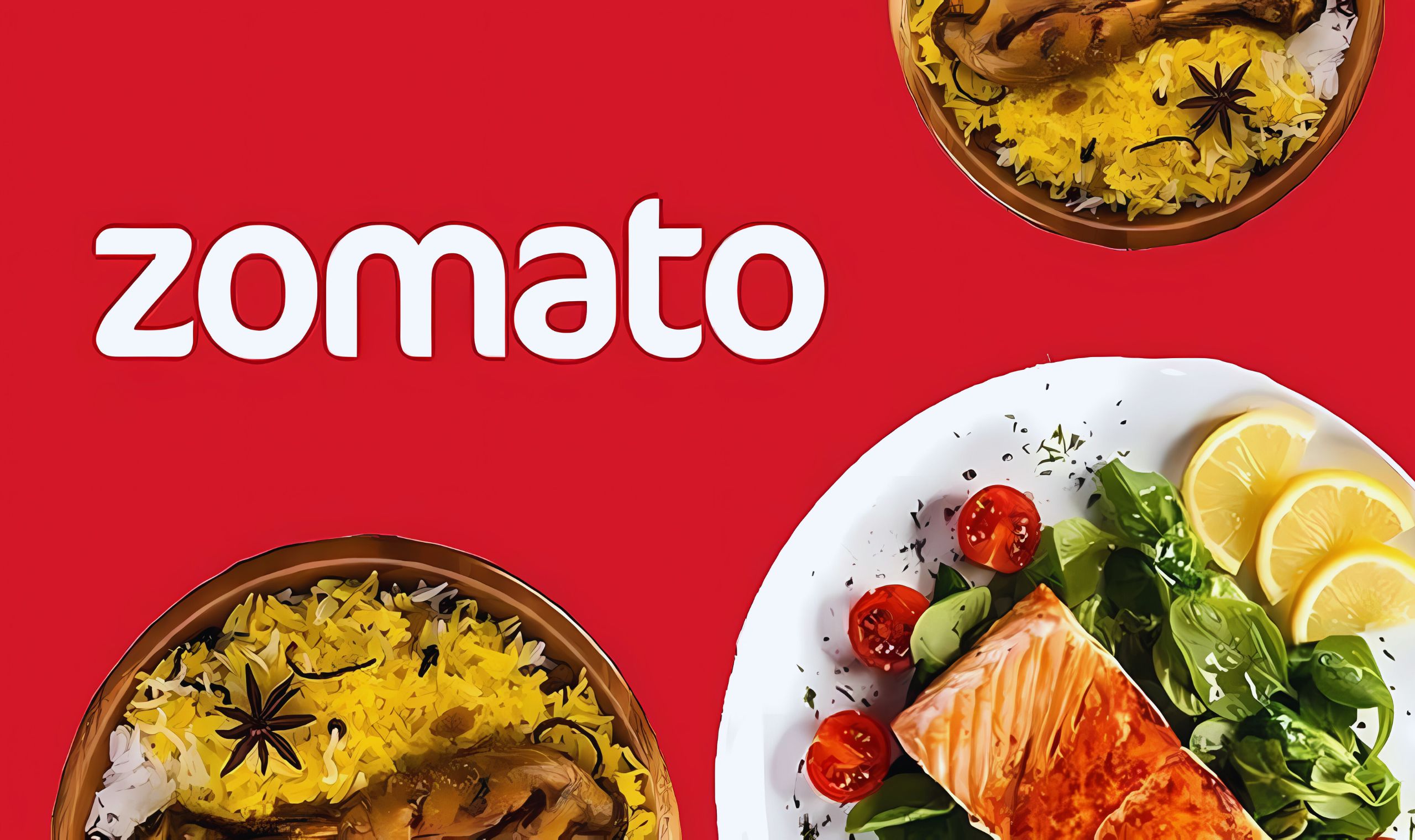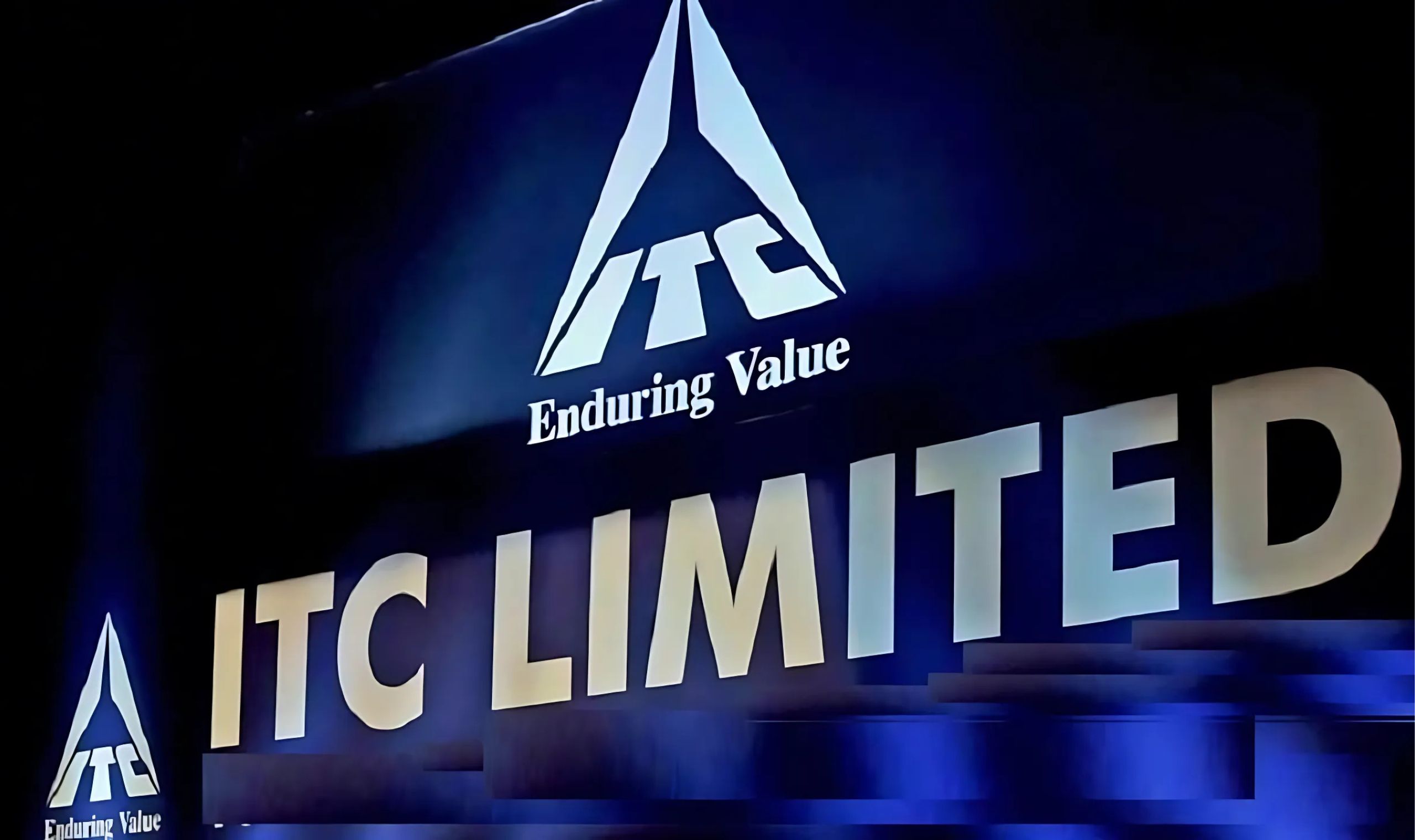Zomato stock of Indian food delivery giant Zomato fell 2.5 per cent on Wednesday after global brokerage firm Macquarie issued cautious signals about the stock. The firm even raised its target price for Zomato to ₹130 from its previous estimate, but stuck with an ‘underperform’ rating and cited significant downside risks. That is just when the competitive landscape is said to be intensifying and growth dynamics face challenges.
This would be written on 13 November 2023, at 10:09 AM on the NSE share price of Zomato quoted at ₹256.97 when investors do not seem to get conclusive answers from analysts as well. The company has managed a stellar performance in its latest quarter. Yet, going forward the company continues to be a concern.
The analysts at Macquarie say that growth meets competition
The target is increased for the company from the earlier estimate of ₹130. Though this is an upgrade, the new target still reflects the possibility of a 50% downside from the present trading level of Zomato. The brokerage points out two themes as guiding factors:
- Hyper-Growth vs. Hyper-Competition
However, while Zomato continues to push on with expanding its food delivery and quick-commerce businesses, the growth is presented in a tempered light due to tough industry competition through Macquarie’s analysis. Among other entrants into the stock market, the advent of Swiggy and larger newer entrants into the quick-commerce space is making an increasingly arduous situation for the company to hold on to its leadership in the market.
- Positives Growth and Margin Estimates
Estimations from Macquarie on Zomato were done considering a compounded annual growth rate (CAGR) of 18-35% in Gross Order Value (GOV) for the next ten years. Projections have also considered fully optimized margins and minimum disruption from competition. Still, such strong assumptions throw light on intrinsic risks as the industry can change at a fast rate due to price wars, changes in consumer preferences, and even operational challenges.
Performance Update for Q2 on Zomato: It looks Robust but under Scrutiny
Zomato recently reported a strong set of quarterly financials for July-September, which might have provided short-term relief to investors; the company itself, however, posted a net profit of ₹176 crore, a sharp improvement from ₹36 crore in the same period last year. Revenue for the quarter jumped by 69% year on year to ₹4,799 crore, with steady demand for its food delivery and quick commerce services.
Still, despite these high figures, analysts still are concerned regarding the sustainability of this growth. A significant source of revenue has been the company’s quick-commerce business, Blinkit. Even so, its profitability and prospects for long-term sustainability are yet to be proved, given the competitive pressure prevalent in the space.
The Competitive Landscape: Swiggy’s Market Entry
Adding to Zomato’s woes, its competitor Swiggy has hit the markets with its IPO. The Swiggy IPO is priced at ₹380 per share, and listing with an 8% premium, which may seem a tad subdued relative to expectations. Macquarie has initiated its coverage of Swiggy with an ‘underperform’ rating and set the target price at ₹325, which is lower than its IPO price.
The story of Swiggy is the epitome of what’s possible and what’s challenging in India’s food delivery market. The two companies, Zomato and Swiggy, are intense competitors, making each one invest heavily in garnering customers and operating efficiently, which, unfortunately for them, might not bode much for profitability.
Critical Concerns for Zomato
- Margin Constrictions
While further expansion of its offering will pose a challenge to maintain profitability on account of high operating costs and this intense competition, the business line for Blinkit is promising in a low-margin segment, where scale is paramount but difficult.
- Competition from Swiggy and New Entrants
Recent presence as a public company does add a layer of competition for Swiggy as well. With two vying for the market share, the potential for price wars and promotional wars could act as an absorbent and escalate the costs affecting margins.
- Customer Retention and Growth
While GOV is going to grow for Zomato, the focus on retaining the customer base needs to continue with multiple food delivery and quick commerce options at the customers’ disposal.
Optimistic Assumptions in Analyst Projections
The growth expectations by Macquarie on Zomato are based on the assumption of favourable conditions such as having a low competitive intensity and optimized margins. Any deviation from assumptions would lead to unease among investors and subsequently affect the stock.
- Way Forward for Zomato
Zomato needs to bridge in on the following key areas to ensure that the growth continues and investors are comforted:
- Operational Efficiency
Efficiency with reduced delivery times can help to enhance customer satisfaction even while keeping a cost check. Technology can act as an excellent enabler on this front, along with data analytics.
- Profitability
Growth is the buzzword, but for Zomato, it has to balance growth with profitability. Investment in high-margin offers or providing subscription-based services may help in increasing the margins.
- Recovery of Diversified Revenue Streams
Diversification into adjacent spaces, including cloud kitchens, dine-in loyalty programs, or exclusive partnerships with restaurants, can be used to enhance Zomato’s diversity of revenue streams.
- Geographic Diversification
Expansion outside India can be the future expansion path for Zomato because a lesser intensity of competition or minimal penetration of digital food delivery services exists in some markets.
- Customer Experience and Innovation
A competitive market demands that the app experience is optimized and that personalized recommendations and loyalty programs be integrated into Zomato to hold onto its user base.
Investor Takeaways (Zomato Stocks)
From a stockholder perspective, there are chances and risks with Zomato. The stock house has good Q2 metrics and, at an Indian level, does have a leadership position, but cautionary words from some of its brokerages and analysts like Macquarie remind investors of the challenges ahead.
Short Term: With the early warning from Macquarie of a 50% possibility, investors need to be cautious of the short-term corrections. The market will react to how Blinkit is doing in its quarters the new status of profitability and how competitive it remains in comparison to Swiggy.
Zomato continues to be a key player in India’s digital economy, and it has much of the growth potential for its business in quick-commerce and food delivery. For the long-term investor who can take short-term volatility, Zomato could still represent value if the company can navigate through the issues.
Conclusion
The recent stock dip of Zomato after Macquarie said it had a cautious view is telling of the complex play Zomato has been set up to face within a competitive and fast-evolving industry. Though being able to demonstrate revenue growth with enriched profitability is deeply impressive, sustaining that over-rising competition and operational challenges is highly dependent on Zomato’s capability.
The stock for now, therefore remains a story of growth tempered by risk. Investors would be ever vigilant as the firm makes strategic plays, particularly with respect to the performance of Blinkit, its way of dealing with the Swiggy IPO, and maintaining profitability through increasingly tough market times. The future of Zomato depends on innovation, sufficient scale, and adaptability to the changing market.















0 Comments